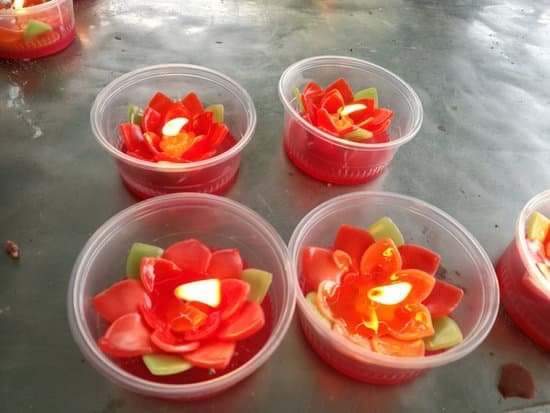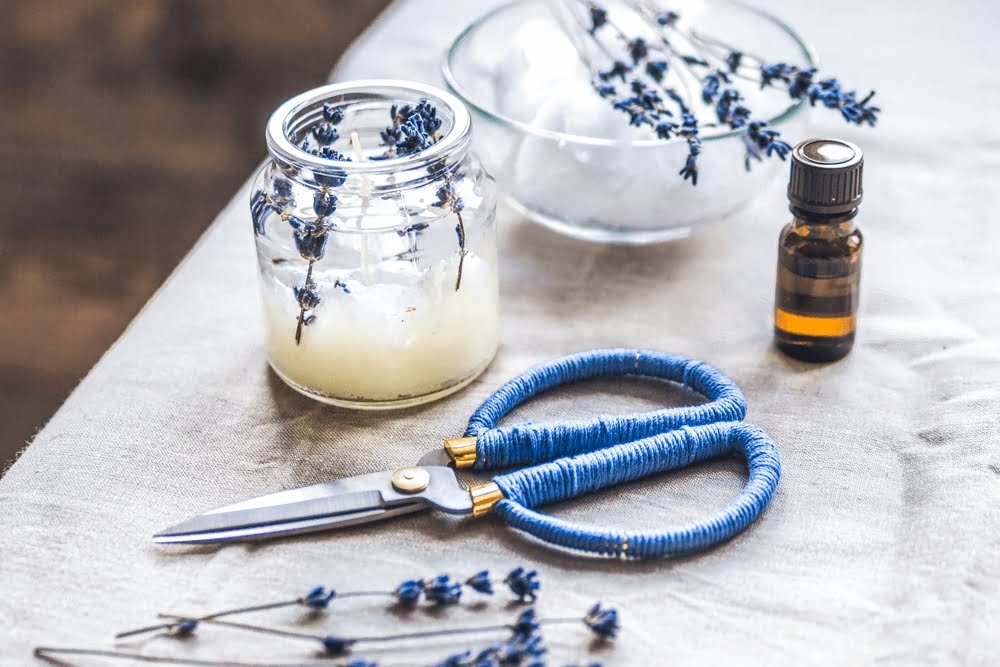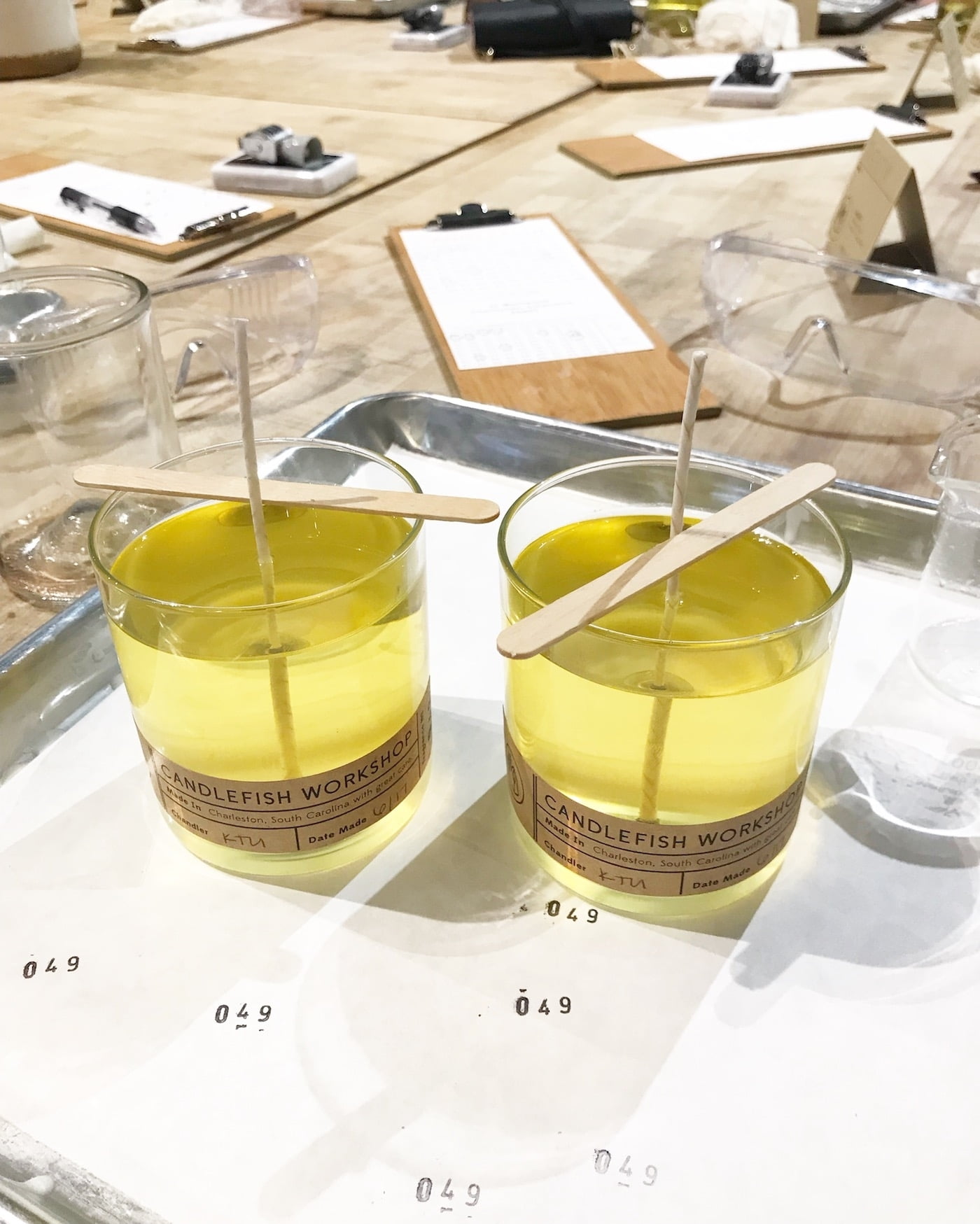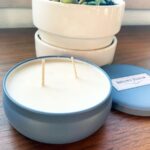Introduction
There are a variety of candle molds that can be used for creating your own handmade candles. Some of the most common types of candle molds include plastic, silicone, and metal molds. Each type has different benefits depending on the type of candle you are making and the level of difficulty involved. Tin candle molds in particular can provide a unique look to your homemade candles while being very economical to make.
One advantage of tin candle molds is that they are relatively easy to make compared to other metal or plastic molds. Instead of needing special tools, tin molding only requires some tin sheets and a pair of scissors or heavy-duty shears. You will also need a metal cutting tool if you plan on making complex shapes with multiple pieces. Another benefit is the low cost associated with using tins for making candle molds. Tins are readily available in craft stores and at many bulk retail outlets, often at discounted rates when purchased in bulk amounts. Additionally, tins are lightweight and durable so they are easy to transport from place to place without causing damage to them.
When making tin candle molds, there are several methods that you can use depending on how complicated the shape is that you want to make as well as what kind of wax material you intend to use for casting the mold. The most common method involves cutting out pieces from any desired shape from the tins with heavy-duty scissors or shears then attaching them together with glue or wire ties; however, if finer details are needed more advanced techniques such as binding or soldering might be necessary. Be sure to securely attach all pieces together before pouring in hot melted wax into the mold ” otherwise it may leak through any unsecured areas between pieces! With proper care and storage afterward, these hand-made tin candle molds could last many years before needing replacing or upgrading due their lightweight yet strong nature.
Safety Precautions & Tools Needed to Make a Tin Candle Mold
Making a tin candle mold requires safety precautions and specialized tools. It is important to avoid any injuries when using sharp tools such as tin snips, in addition to heat resistant gloves, safety goggles, and an apron or extra clothing layer to protect against sparks. Having a fire extinguisher nearby is also essential. Other tools needed for the project include a circular saw, cut off wheel, pliers, drill, vise grips and a torch equipped with suitable hoses and regulators to control the flame. Once all of these items are gathered, it’s time for the next step which is cutting out the hole for the candle wax or other moldable material to fit in. Tin can be cut with tin snips – however care should still be taken while using this sharp tool since there is potential risk of cutting yourself if handled incorrectly. Marking out measurements on the can with a felt-tipped pen prior to making any cuts is strongly advised. After making the necessary cuts, sanding down rough edges will help create a smooth surface that won’t scratch off wax when poured in later on during the process. The drill bit should then be used for precise holes that can eventually become air vents for pouring and melting wax comfortably into shape. Finally after all pieces are ready it’s time to assemble them together – paying careful attention to make sure each piece fits snugly in place before soldering them permanently together so that wax or other materials don’t spill out from any gaps left behind due to negligence
Step-by-Step Guide to Making a Tin Candle Mold
1. Gather tools and materials: you will need tin snips, a hammer, glue gun, aluminum foil and double sided tape, ruler or measuring tape and a piece of clean tin cans (at least one inch in diameter).
2. Measure out the desired size and shape of your candle mold with the measuring device.
3. Cut out your template with the tin snips following the measurements you have made. Make sure to leave enough material that your candle mold is at least one inch thick throughout.
4. Hammer any sharp edges on your template until they are smooth and safe to handle while making your candle mold.
5. Line your template with double-sided tape or an aluminum foil adhesive to make sure that wax does not penetrate into any potential cracks in the tin. Make sure to cover the entire surface tightly with two layers of this material to prevent leakage when pouring wax into it later on.
6. Place the template for your mold onto a flat work space so that it is stable when crafting candles later on.
7. Use a hot glue gun or epoxy resin to affix any loose seams as needed, including areas where there may be gaps or weak points in the metal where wax could potential seep through during future usage of this candle making vessel’s lifespan!
8. Let your tin candle mold cool down before using it; while it is drying take extra precaution not to touch the sides unintentionally as doing so may cause air bubbles which will affect aesthetics when pouring wax into them later on!
In-Depth Tips and Tricks for Making a Perfect Tin Candle Mold
One of the first steps when making a tin candle mold is to make sure that you have all your materials ready. You will need a piece of clean, flat tin that’s large enough for the shape of the candle you plan to make. You will also need smooth sandpaper and safety gloves. It’s necessary to wear safety gloves while working with tin, as it has sharp edges. Once you have these items, you can move on to the next step.
The next step in making a tin candle mold is to measure and sketch out the dimensions of your desired shape onto the flat tin sheet. Use a ruler or another measuring device to ensure accuracy in your measurements. Once this is done, use fine-grained sandpaper to smooth any rough spots or imperfections on the surface of the tin plate before cutting out your chosen pattern using metal shears or an angle grinder.
Afterwards, you want to create even deeper contours and indentations in order to give more detail and texture to your final product. This is done by placing small pieces of cardboard or other filler material inside each shallow crevice in the mold which can then be hammered until it takes on the desired shape. Additionally, you can use silicone molds for smaller designs like stars and hearts within larger candles that also give extra detail and dimension when lit up with firelight.
Finally, once all these steps are completed satisfactorily, allow ample time for curing before using it as a finished product. Curing helps set not only its form but also prevents rusting due to oxidization of exposed metal surfaces during burning. To cure finishes tins molds consider dipping them molten beeswax or utrafine grade paraffin wax before finally polishing them off with cotton cloths for added shine and protection against dust gathering over time!
Cost and Availability of Materials for Making a Tin Candle Mold
Making a tin candle mold is an easy and affordable DIY home project. Materials can be found from most hardware stores or online retail sites. Generally, the required materials for this project include a sheet of tinplate, some craft tools such as scissors, sharp tools for measuring and cutting the tinplate, glue, a silicone mold (to shape the candles), and one candle wick per candle. The cost of these materials will vary depending on where they are purchased and how much is required; however, the cost should be relatively inexpensive. Additionally, wax may be needed to make the candles; this too will vary in price but can typically be found in craft stores at an affordable rate.
Alternatives to a Tin Candle Mold
Other forms of candle molds can be made from silicone, wax, ceramic, paper clay, and hard-foam Polyurethane. Silicone molds are often flexible and heat-resistant and have a no-hassle clean-up process. Wax molds work great for decorative candles where detailed shapes are not required; the wax melts away as the candle is burning. Ceramic molds help to create detailed shape candles when used with quick-drying 2 part compounds; once it’s dried it can be easily broken apart to remove the hardened candle wax. Paper clay is great for texture designs such as braided twists or you can use a preformed mold to just press into the clay before it dries then break away after being cured in the oven. Finally, foam polyurethane molds provide strong support and detailed edges with near perfect shapes ideal for intricate design candles that require static hold which can’t involve heat or moisture exposure.
Examples of Projects Using a Tin Candle Mold
A tin candle mold can be used to make many creative and decorative projects. These projects could include making candles of various shapes, sizes, and scents for a nice home decor addition or for gift giving. A tin candle mold could also be used to create soaps of all different shapes and smells that make lovely gifts for any special someone. You can even customize the soaps with fun scents like lavender, rose, or lemon verbena. Other potential craft ideas using a tin candle mold include creating wax melts in fun molds such as Christmas trees or bunny rabbits, moulding something crafty out of chocolate, or making homemade bath bombs as a relaxing treat!
Closure
Making a tin candle mold is a straightforward process that can be completed in just a few steps. By using the right kind of containers and supplies, you can create a unique wax formation that reflects your own personal style or artistic desires. Start by carefully measuring the area to be used, then cut out circles of wax and attach them to the base. Join the two beeswax circles with wicking before adding the scented oils and melted wax to form your finished candle mold.
The experience of making a tin candle mold can be extremely rewarding as you bring your artistic vision to life. It’s not only an enjoyable craft but, if done properly, candles made from homemade molds have strong burn characteristics, smell great and will last for many hours of festive ambiance or relaxation.
For those wanting to further explore the craft of making tin candle molds there are many resources available online, including instructional videos and tutorials which provide helpful step-by-step guidance on how to get started. There are also several books and DIY workshops geared towards creating unique moulds so you never run out of inspiration or ideas. With some patience and dedication you’ll soon be able to produce beautiful, customized candles with little effort!

Welcome to my candle making blog! In this blog, I will be sharing my tips and tricks for making candles. I will also be sharing some of my favorite recipes.





